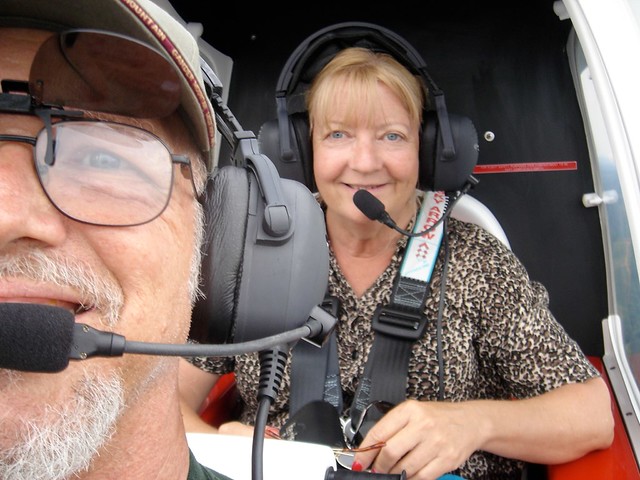LongRoadBob
Cleared for Takeoff
I'm sure I will get more instruction when I am through with ground school and can start flying, but I am really curious as I learn about private pilots and when and how they watch the instrument panel.
I am sure a pilot must pay attention to all the gauges and instruments, but also am thinking in reality human beings are not machines and there must be some prioritizing during different phases of flying where focus is narrowed at least for a time.
Also very sure that many do it differently, but would love to hear just a basic synopsis (or as detailed as you would care to go) how and what you focus on when say pre-takeoff, takeoff, climb and cruise, pre-landing and landing.
Such as, how often do you do a quick check of oil pressure, manifold pressure, oil temp, etc. in the whole scheme of things, and are those checked in run-up to takeoff, while climbing and at what frequency about? Are you constantly looking outside the aircraft, and darting looks down to the panel, and then is it mostly flight instruments and every 3rd time engine gauges, or...??
One other thing. I'm older (almost 60) and my eyesight is not what it used to be. Have no problem reading at the distance the gauges are at, but documents or flight computers, etc. I need reading glasses to be able to read. I can't imagine having to take them off and on, or even letting them sit on the end of the nose, are there special prescription glasses like bifocal or other that pilots that become far-sighted with age use?
Thanks for any and all replies!
I am sure a pilot must pay attention to all the gauges and instruments, but also am thinking in reality human beings are not machines and there must be some prioritizing during different phases of flying where focus is narrowed at least for a time.
Also very sure that many do it differently, but would love to hear just a basic synopsis (or as detailed as you would care to go) how and what you focus on when say pre-takeoff, takeoff, climb and cruise, pre-landing and landing.
Such as, how often do you do a quick check of oil pressure, manifold pressure, oil temp, etc. in the whole scheme of things, and are those checked in run-up to takeoff, while climbing and at what frequency about? Are you constantly looking outside the aircraft, and darting looks down to the panel, and then is it mostly flight instruments and every 3rd time engine gauges, or...??
One other thing. I'm older (almost 60) and my eyesight is not what it used to be. Have no problem reading at the distance the gauges are at, but documents or flight computers, etc. I need reading glasses to be able to read. I can't imagine having to take them off and on, or even letting them sit on the end of the nose, are there special prescription glasses like bifocal or other that pilots that become far-sighted with age use?
Thanks for any and all replies!


